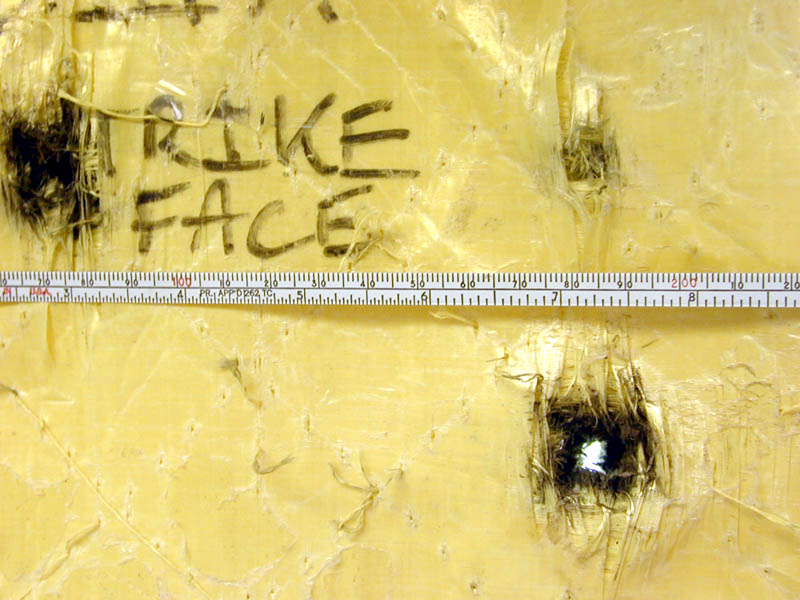I recently received the following message:
"Sent: Tue May 12 23:49:16 2009
Subject: "Contact Shots" Effect on Body Armor; Scientific Fact or Urban Myth?
The true facts of the matter are that as law enforcement "Urban Myths" go, the "contact shot" concern ranks right up there with "cop-killer bullets"; an interesting yarn, but how many cops have actually ever seen one, let alone confiscated any from a bad guy? Back in the day, I showed several of my co-workers on the job a handful of rounds that were the Smith & Wesson "Ni-Clad" bullets, which was simply a bullet coated in nylon, with no other "special" properties; the theory behind that design was to provide better bullet lubrication while traveling through the barrel and also to attack the corrosion and mold that sometimes formed on bullets kept in your ammo pouch for long periods of time. They, of course, all "ooo'd" and "aaahd" over seeing real "cop-killer" bullets made out of "Teflon"! Nylon-coated bullets? Yes. "Cop-Killer" bullets? No.
The perceived concern here is that the muzzle blast from a contact shot will "melt" any of the other laminated or polyethylene ballistic materials other than aramid (Kevlar) material, and thereby compromise the vest's bullet resistance abilities. We had his specific round of concern, the .40 S&W 165 gr. Speer Gold Dot tested today by United States Test Laboratories, an NIJ-Certified lab in Wichita, KS against our XLT II and XLT-IIIA, both of which use Honeywell's "Gold Flex" laminate as their outermost layers.
The test reports showed, as expected, that against our XLT-II, the "non-contact" shot penetrated the first five (5) outer layers of the 24-layer panel while the direct "contact" shot penetrated the first six (6) outer layers of the 24-layer panel, exceptionally well within the safety margin. On our XLT-IIIA, the "non-contact" shot penetrated the first four (4) outer layers of the 28-layer panel while the direct "contact" shot penetrated the first five (5) outer layers of the 28-layer panel, again, exceptionally well within the safety margin. Unfortunately, some people seem to believe that "contact shots" are deadly which is simply not true, at least in our experience. If you stop and think about the physics for a moment, the flame from a muzzle blast is a very, very brief, instantaneous event and does not provide enough "muzzle-blast-flame-on-ballistic-material time" to do any significant damage beyond the first outer layer when a laminate or polyethylene ballistic material is used.
I hope that this answers your question; please let me know if you need more information.
Best regards,
Georg L. Olsen
General Manager
U.S. Armor Corporation"



 Reply With Quote
Reply With Quote





Bookmarks